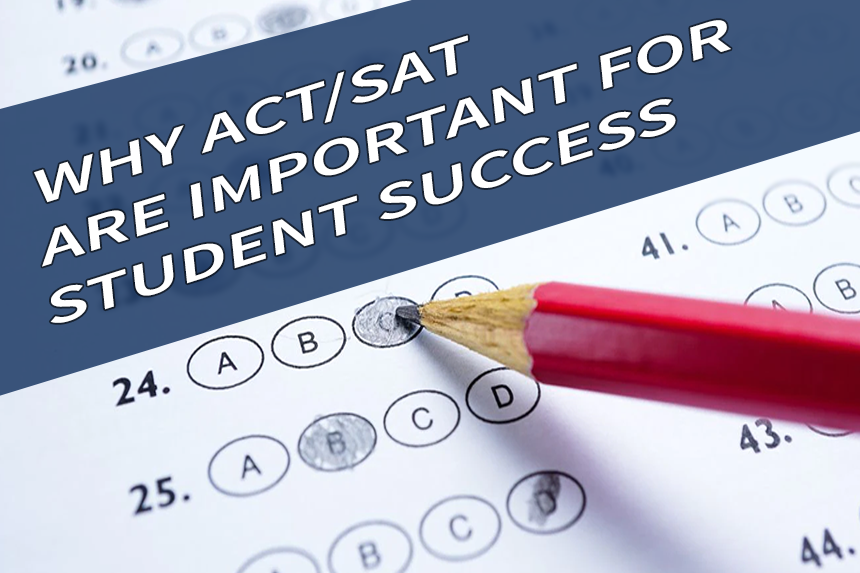
As you explore the growing field of tutoring services, evaluating tutor performance becomes crucial. An increase in tutoring companies means it's important to keep checking on tutors. These checks help keep teaching quality high, leading to better tutor outcomes and academic success.
Regular assessment helps keep teaching consistent and improves teaching methods. This benefits your institution by providing insights from close monitoring of tutor performance. It makes sure tutors not only meet but also surpass the educational goals needed by students.
It's important to set clear goals and critical performance indicators for tutors. Getting input from classroom reviews and student feedback helps tutors improve. This process encourages them to build on their strengths and work on weaker areas.
The Essential Role of Tutor Evaluation in Improving Academic Achievement

In our schools today, making sure tutors do their job well is key to student success. Studies show a strong link between what teachers can do and how well students learn. This is why it's important to have good tutor evaluation methods. These methods help us keep track of how tutors are doing.
Understanding the Impact of Quality Tutoring on Student Performance
Educational research shows that good teaching leads to better student performance. For example, when teachers work well together, it greatly benefits students. This shows just how critical the quality of teacher-student interactions is. Likewise, tutors who are clear and believable in their teaching can greatly affect learning. This highlights why it's crucial to assess tutor effectiveness.
Strategies for Assessing Tutor Effectiveness
To keep achieving good results in education, schools must have strong ways to check how tutors are doing. Here are a few strategies:
- Set Clear Objectives and Align them with Organizational Goals: It's important to define what success means for student achievements. Make sure tutor goals fit with this so teaching methods are focused and meaningful.
- Performance Evaluations Based on Key Indicators: Use student happiness and progress reports to see how tutors are doing. These checks help pinpoint ways tutors can teach better, making lessons more engaging and understandable for students.
- Regularly Collect and Analyze Student Feedback: This feedback is key for schools. It helps improve teaching methods and overall education strategies, making tutors better in the process.
- Implement Continuous Professional Development: Tutors should always be learning new ways to teach and new information about their subjects. This helps them teach better.
By using these detailed tutor! evaluation methods, schools can improve both tutoring quality and student results. This leads to more students graduating and being happy with their education.
To achieve this, schools must follow these strategies closely and be willing to update them as needed. They should also use feedback systems. This way, tutors know how to improve their teaching methods, ensuring top-notch education that keeps up with the times.
How to Monitor and Evaluate Tutor Performance to Enhance Outcomes

Evaluating tutors well is key to bettering education. We'll look at how to assess tutors, aiming to boost their success. This will help us understand how effective their teaching is.
First, think about in-person or remote observations. They let us see how tutors and students interact in real time. Observations show how tutors handle the classroom and meet every student's needs. Training observers well and using detailed checklists improves feedback for tutors.
- Self-reflections let tutors look at their teaching styles and see what needs work.
- Getting student feedback through secret surveys can tell us a lot. It shows what students truly think about their tutoring.
- Looking at student progress against set goals shows if a tutor's teaching works well.
Many people and methods help check if tutors are doing well. Programs like the Tennessee Educator Acceleration Model (TEAM) and the Ohio Teacher Evaluation System (OTES) use detailed criteria. They offer deep looks into a tutor's work.
- Having many observations by different people gives a wider view. It helps avoid biased opinions.
- Being fair in evaluations, especially in varied classrooms, makes assessments more just and open.
- Video observations add to traditional ways. They give a convenient option for reviewers and a solid base for feedback talks.
Using diverse evaluation tools and methods broadens our understanding and pushes tutors to keep getting better. Apply these strategies to create an environment where educational excellence keeps growing.
Key Metrics for Measuring Tutor Performance

Evaluating tutor performance is crucial for better learning outcomes and stronger education programs. We will look at key metrics that help accurately assess tutor effectiveness and guide them towards academic objectives.
Incorporating Student Success Indicators into Evaluations
- Graduation Rate: By looking at graduation rates, we can see how well tutors help students finish courses on time.
- Student Attendance Rate: Checking attendance rates shows a tutor's impact on keeping students engaged and consistent in their sessions.
- Employment Rate Post Graduation: Finding out the employment rates after graduation tells us about the real-world value of tutoring.
Utilizing Feedback Loops for Performance Measurement
- SMART goals: Setting goals that are Specific, Measurable, Achievable, Relevant, and Time-bound can greatly improve tutor evaluations.
- Anecdotal Evidence and Personal Reflection: Though subjective, stories and personal reflections give deep insights into how tutors affect student confidence.
- Proficiency Scales: Having clear proficiency scales helps tutors measure and track their own progress in educational skills.
Improving tutor performance evaluations with these metrics makes the process simpler and more thorough. Adopting these methods enhances education, leading to focused improvements and ongoing academic achievement.
Best Practices for Implementing a Tutor Performance Evaluation System

It's key to have an effective system to check how tutors are doing. This keeps education quality high and helps in making teaching better. The system should use different ways and tools to look at tutor performance.
For a top-notch evaluation system, knowing the best ways to evaluate tutors is crucial. This helps find out what tutors are good at and where they need to grow. Here are important points to think about:
- Define Clear Objectives: Be clear about your goals with the tutor evaluation. Goals might include better teaching, improving how students do, and helping tutors grow professionally.
- Use Multiple Evaluation Tools: Use many ways of checking tutor performance. This includes watching them teach, hearing what students say, tutors looking at their own work, and checking performance data for a full picture.
- Regular Feedback Mechanism: Have a way to give tutors feedback often and in a helpful way. Regular reviews help tutors know how they're doing and what to improve.
- Training and Development: Offer training for tutors after the evaluation to improve their skills. Training could be in new teaching ways or knowledge about specific subjects.
- Encourage Self-Reflection: Make it normal for tutors to look at their own teaching styles and approaches. This leads to personal and job growth and lets tutors change and improve their methods.
- Leverage Technology: Use the latest technology to make evaluations easier. Tools like learning management systems (LMS) and business management software (BMS) can give useful information on how tutors and students are doing.
Using these practices can really make your tutor education quality better. Good tutor monitoring is more than just keeping up. It's about always getting better and bringing new ideas into education. A strong system to check how tutors are doing not only makes teaching better but also helps students learn more.
Developing a Framework for Continuous Tutor Improvement

In the journey of educational growth, highlighting a developing tutor performance framework is key. This approach doesn't just boost tutors' teaching skills. It also shapes the learning experiences of students in positive ways.
To start, establishing a strong base for continuous tutor improvement is critical. Setting up targeted, achievable tutor development goals is important. These goals must match wider educational objectives, leading to meaningful changes in schools.
Setting Clear, Attainable Goals for Tutor Development
- Identify specific skills tutors need to improve, ensuring they align with both their strengths and student needs.
- Set clear ways to measure success in these goals, promoting responsibility and clear tracking.
- Encourage a culture where tutors continuously learn and adjust, welcoming new teaching methods and tools.
Creating Effective Training and Support Systems
Strong training is key to achieving the goals of a developing tutor performance framework. These programs must be well-made, easy to get to, and updated to meet the evolving needs of education.
- Build training sessions that cover teaching methods and deep dives into specific subjects.
- Start mentorship programs that pair new tutors with seasoned ones, creating a supportive growth environment.
- Use data tools to watch tutors' growth and spot where more help is needed, making training more effective.
Investing in these strategies helps schools ensure tutors keep getting better. This forward-thinking move not only lifts tutors but also greatly helps students achieve more.
Impact of Regular Feedback on Tutor Performance Optimization

The success of teaching largely depends on continual improvement and refining strategies. Regular feedback plays a key role in achieving educational goals. It helps align teaching methods with what students need the most. Through accepting ongoing feedback, teachers and tutors can make real, positive changes in how they teach. This leads to better student results. Improved student achievement is crucial for learning progress.
Designing Constructive Feedback Channels for Tutors
It's important for teachers' growth to have good feedback systems. Schools that give frequent, clear, and useful feedback support a better learning place. A teacher's use of feedback shows their commitment to improving student success. Proper feedback helps teachers refine their instruction methods. This results in better lesson plans and teaching.
Leveraging Peer and Student Reviews for Holistic Assessments
Using feedback from peers and students is vital for understanding teaching quality. It leads to major improvements in how teaching is approached. If tutors listen to feedback from colleagues and students, they start a valuable dialogue. This dialogue is based on teamwork and growing together. Adapting feedback to be more personal helps teachers relate to it better. It encourages a positive space for confidence, self-awareness, and love for learning to grow.
What are your thoughts on the best ways to ensure quality and accountability among tutors as the tutoring industry grows?









